

There are several different types of urolith that can affect our dogs and cats (some breeds are inherently predisposed to various types). When urinary crystals accumulate they represent a dangerous condition as they can cause a urinary tract obstruction. Sometimes crystals can meld together to form large stones. Obstructions can be fatal if prompt treatment is not instigated due to the build-up of toxic waste.
Symptoms of urolithiasis may include :
The most common kind of urinary crystals that affect cats and dogs are called struvite (also known as triple phosphate or magnesium ammonium phosphate), although in the past twenty years calcium oxalate are catching up.
Struvite crystals in dogs are almost always caused by the urease producing bacteria which are responsible for urinary tract infections. In cats, the causes are more variable and although bacterial infection can sometimes be responsible, in many cases their formation is sterile (no-infectious) and influenced primarily by metabolic factors including the concentration of the urine, its pH (acidity/alkalinity) and excessive consumption of certain minerals and fibre.
Risk factors may include :
Neoplasia or trauma can also be causative or contributing factors. Some cats may suffer from idiopathic cystitis - which means "cause unknown" (this is more common in younger cats).
If a mild proliferation* of struvite crystals are diagnosed that are not causing any blockage, the usual course of action is to treat any infection (if bacterial cystitis is present) with antibiotics, provide pain relief (urinary tract problems are typically VERY sore as you will know if you have ever had cystitis) and nutritionally manage the condition using a prescription diet specially designed to dissolve the crystals. Always seek the professional opinion of your veterinary surgeon concerning the most appropriate diet for your cat or dog at this crucial first stage of treatment. Unless your pet refuses to eat the prescription diet, fails to digest it well, or the product contains ingredients which are known not to be appropriate due to a concurrent medical problem; it is usual to feed the prescribed diet for a least 6 weeks following the diagnosis.
Follow-up diagnostic tests will usually then be performed to assess progress. In some cases, your pet may be able to be weaned back onto regular pet food (within suitable nutritional parameters dependent upon the type of urolith), but in others, your vet may decide it is in the animal's best interest to continue with the prescription diet longer-term.
* Note: a very small number of struvite crystals in the urine is normal providing the animal is clinically well; if the animal is uncomfortable/infection is present then prompt treatment is obviously imperative.
If a blockage is present, catheterisation under general anaesthetic is required to flush through and dislodge the obstruction; or in very severe cases surgical intervention may be necessary. Animals requiring such treatment are usually hospitalised for several days so that the vet can monitor urination carefully. Antibiotic therapy, pain relief and a prescription dissolution diet will again be necessary.
Susceptible cat breeds: These may include the Himalayan, Ragdoll and Chartreux.
Susceptible dog breeds: Including the Miniature Schnauzer, Shih Tzu, Miniature Poodle, Cocker spaniel and Lhasa Apso.
Susceptible cat breeds: Burmese, Himalayan and Persian.
Susceptible dog breeds: Miniature Schnauzer, Yorkshire Terrier, Lhasa Apso and Miniature Poodle.
Susceptible breeds: Dalmatians, English Bulldogs and dogs with congenital portosystemic vascular shunts.
Unfortunately, it is very often the case that crystals will recur even if treated appropriately/a prescription diet or a good quality pet food is fed, so it's extremely important to keep an extremely close eye on urination. If in doubt, always check with your vet. Please note that this article covers only three types of urolith; there are others that may also affect your cat or dog.
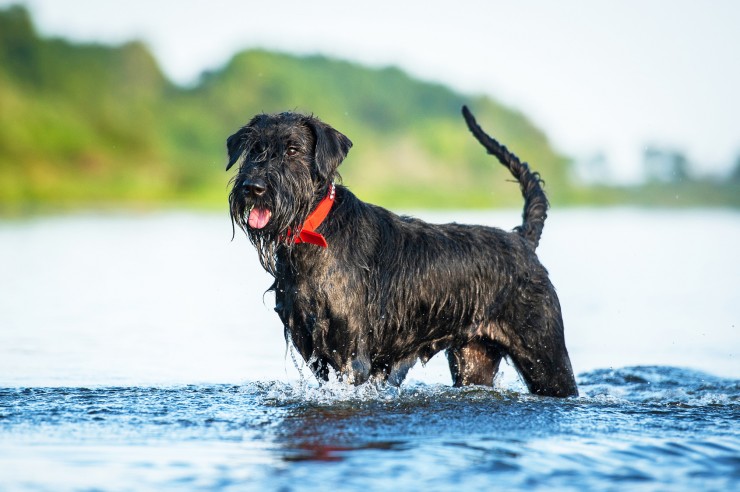 Would You Know If Your Giant Schnauzer Was Suffering A Vitamin B12 Deficiency?
Would You Know If Your Giant Schnauzer Was Suffering A Vitamin B12 Deficiency?
 Discover the many benefits and advantages of following marine aquarium blog
Discover the many benefits and advantages of following marine aquarium blog
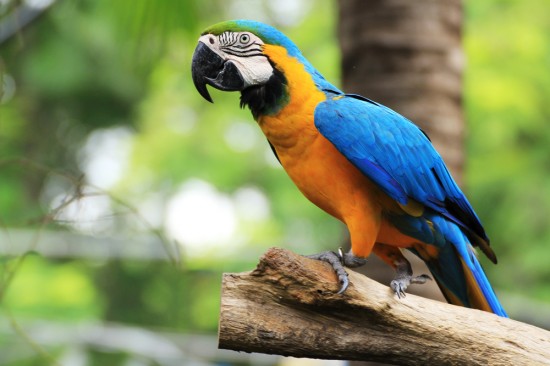 Teaching Your Pet Bird To Talk
Teaching Your Pet Bird To Talk
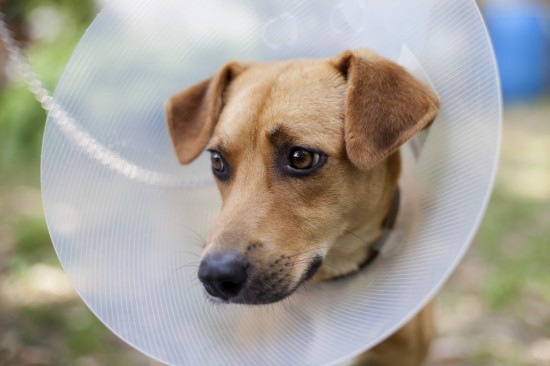 Helping Your Dog To Deal With Wearing A Buster Collar
Helping Your Dog To Deal With Wearing A Buster Collar
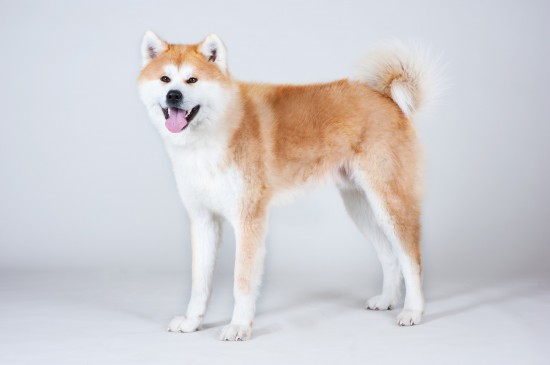 Japanese Akita Inu Dog Health And Longevity
Japanese Akita Inu Dog Health And Longevity
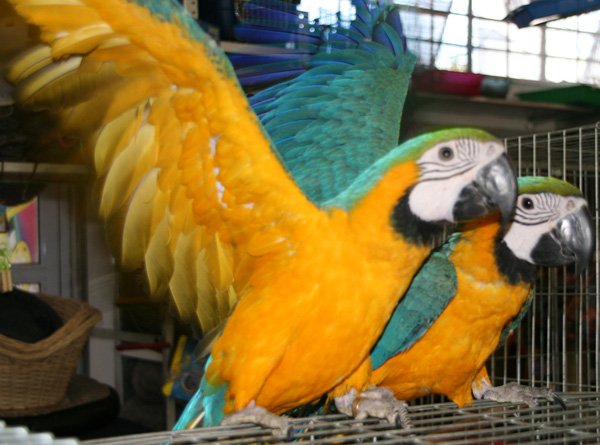 Get the quality pet care at veterinarian clinic in South Arlington
Get the quality pet care at veterinarian clinic in South Arlington
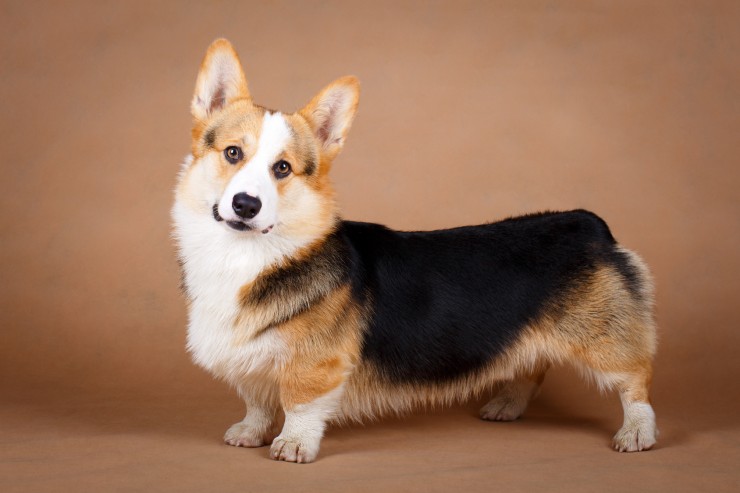 Pembroke And Cardigan Welsh Corgi Health Issues
Pembroke And Card
Pembroke And Cardigan Welsh Corgi Health Issues
Pembroke And Card
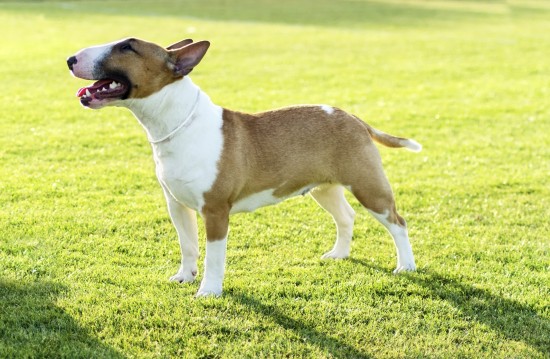 Is The English Bull Terrier A Good Choice Of Pet?
Is The English Bu
Is The English Bull Terrier A Good Choice Of Pet?
Is The English Bu
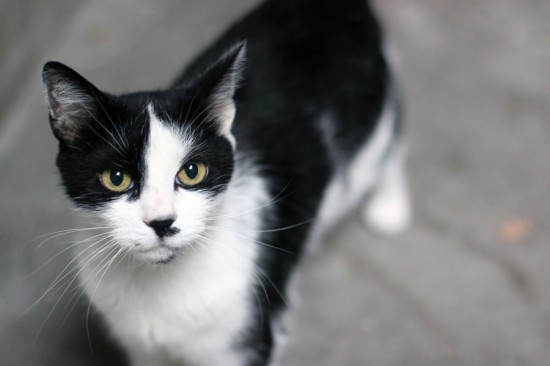 Living With Fiv (feline Immunodeficiency Virus)
Living With Fiv (
Living With Fiv (feline Immunodeficiency Virus)
Living With Fiv (
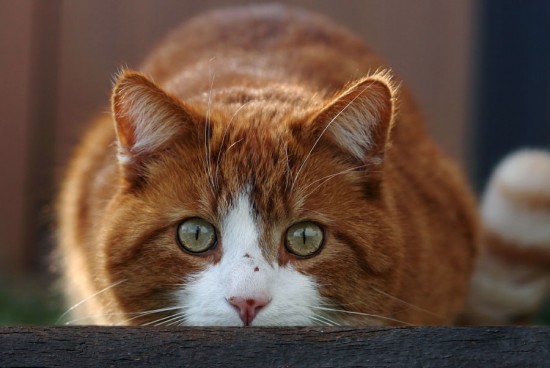 Cats And Stress
Cats And Stress
Cats And Stress
Cats And Stress
 How to Keep Your Dogs Contained
How to Keep Your Dogs Contained
Dogs are a joy
How to Keep Your Dogs Contained
How to Keep Your Dogs Contained
Dogs are a joy
Copyright © 2005-2016 Pet Information All Rights Reserved
Contact us: www162date@outlook.com